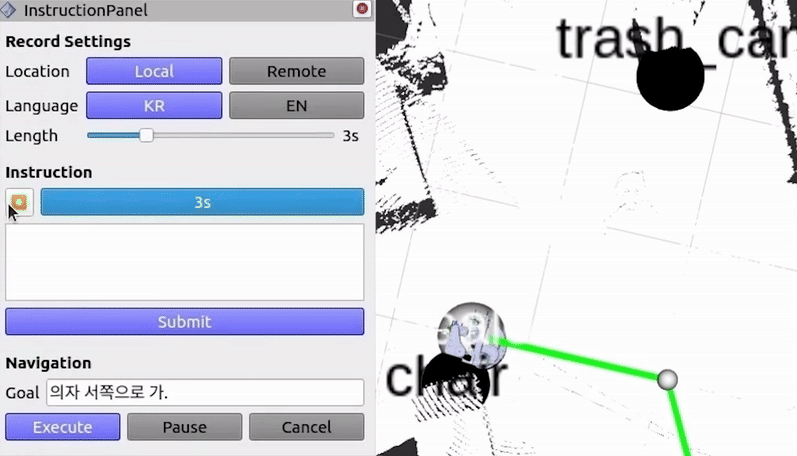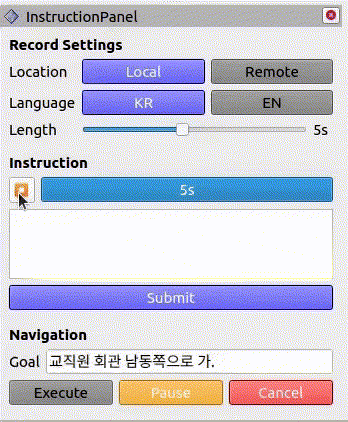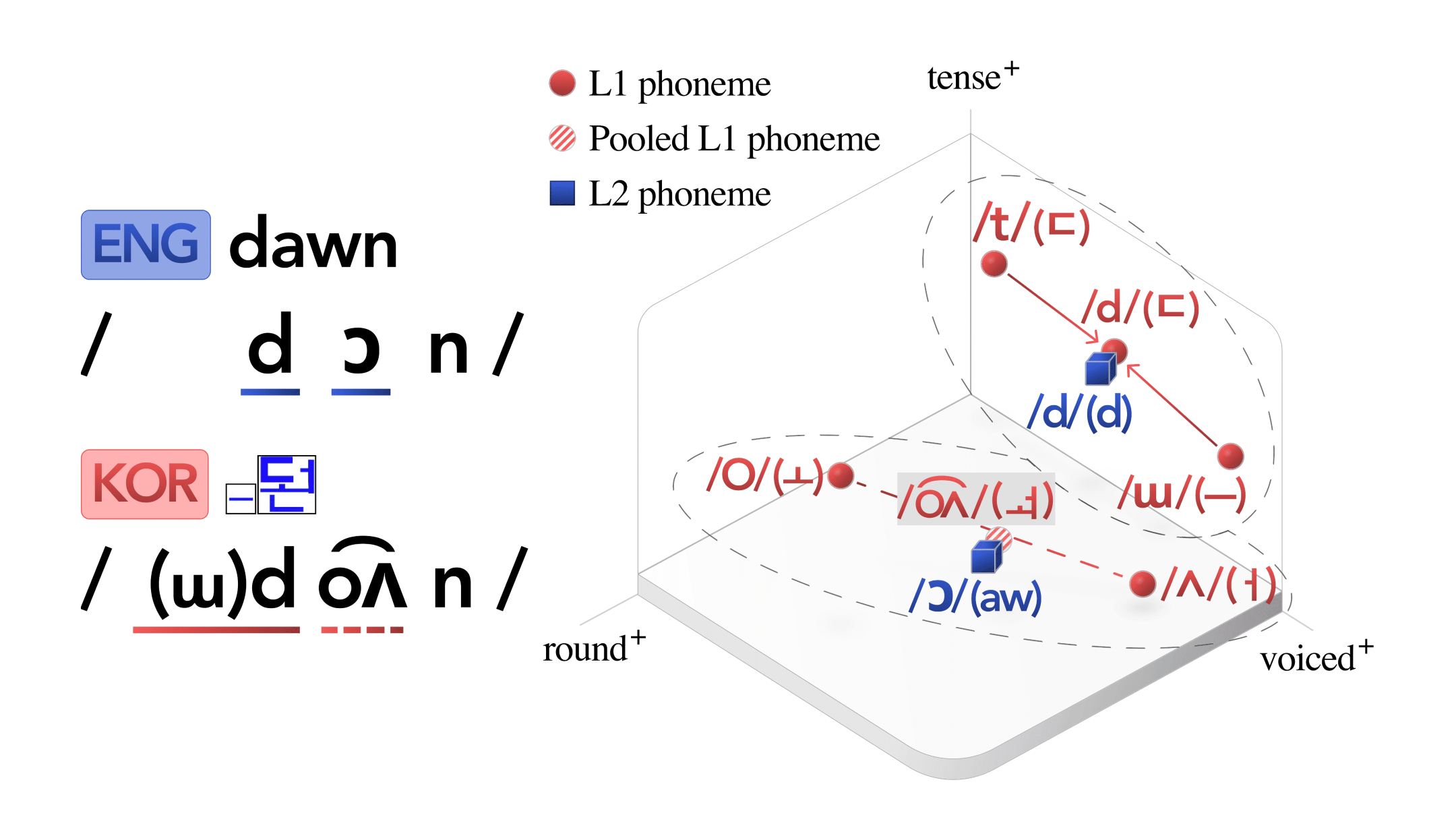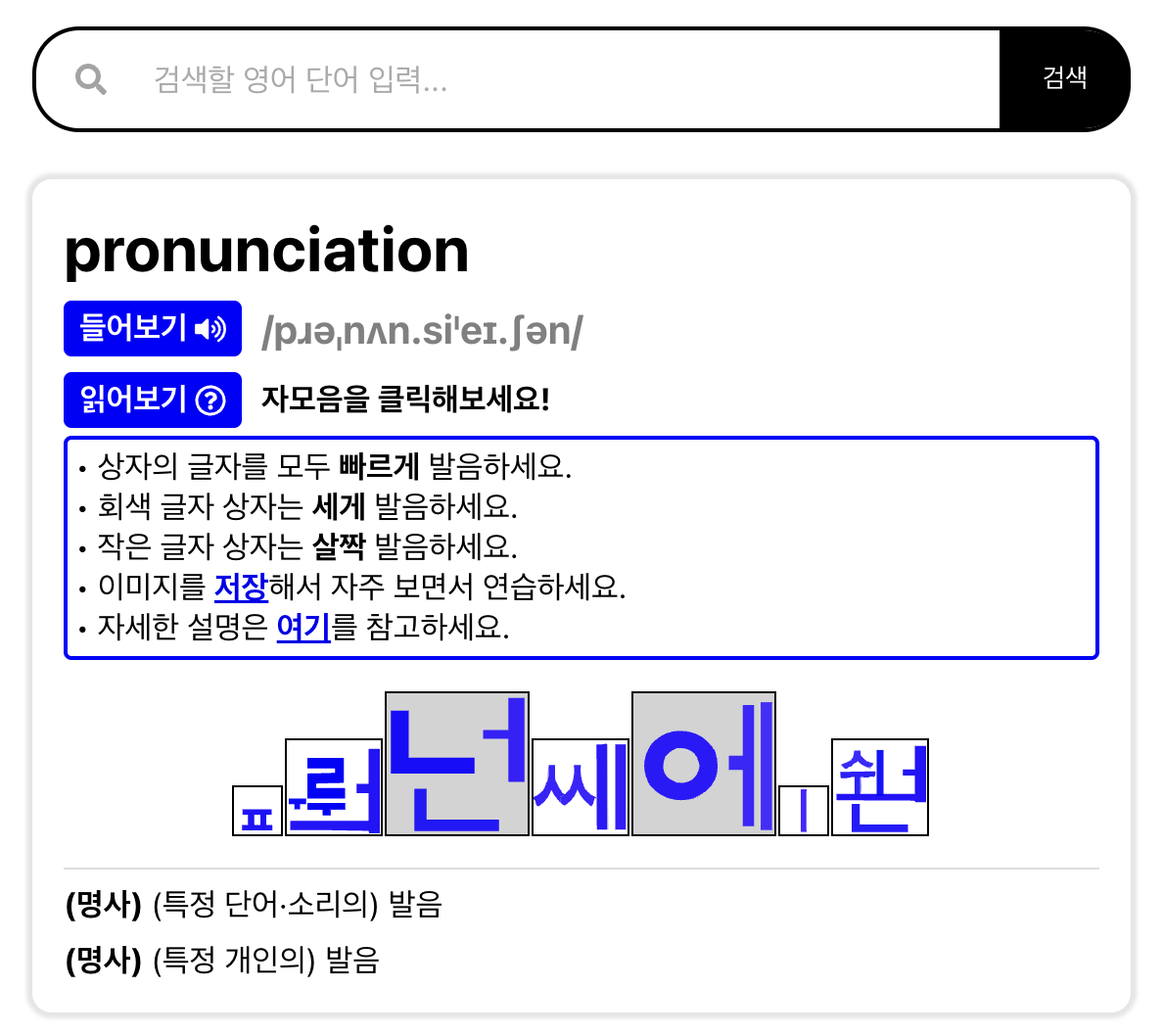Speech Interaction
Projects | | Links:

Voice Command Interface for Language-guided Navigation
Problem Formulation
- Problem: Language-guided navigation for mobile manipulators and quadrupeds
- Challenge: Robust speech command recognition and seamless integration with navigation frameworks
- Solution: A real-time voice command framework by integrating the NVIDIA Riva ASR engine with ROS and an RViz Plugin
Approach

- Deployed NVIDIA Riva Citrinet ASR on Jetson Orin AGX, achieving sub-second speech recognition performance in edge computing environments
- Integrated the navigational goal grounding and path planning algorithm into the ROS framework
- Improved robustness through a human-in-the-loop validation process that enables visualization and manual correction of speech recognition results
- Designed a dynamic interface that intuitively displays speech recognition and communication statuses, enhancing system robustness
- Implemented configurable options for setting speech command recognition locations and languages to adapt to various command environments
Results
- Led the setup and operation of a language-guided navigation demonstration for the KAIST Institute Meta-Research Project using Hello Robot Stretch 2
- Delivered five successful language-guided navigation demonstrations with Boston Dynamics Spot
Inter-linguistic Composition for Second-Langauge Pronunciation (under review at NAACL 2025)
Problem Formulation
- Problem: Low recognition rates of second-language (L2) speakers’ pronunications by automatic speech recognition (ASR) models
- Challenge: Unconscious substitution of unfamiliar L2 phonemes with similar L1 phonemes, even though native speakers of the target language perceive these phonemes as distinct
- Solution: Inter-linguistic Phonetic Composition (IPC), a novel computational method that minimizes incorrect phonological transfer by reconstructing L2 phonemes as composite sounds derived from multiple L1 phoneme
Approach

- Developed a phoneme approximation algorithm that transforms phonemes across languages using universal phonological features, regardless of their phoneme inventories or orthographic transparency
- Created an IPC-based Korean grapheme system that visually encodes English pronunciations using the Korean writing system, Hangul
Results

- Improved the recognition rate of target L2 phonemes by 26% through a ten-minute pronunciation training, compared to when influenced by original phonological transfer patterns
- Validated pronunciation improvements for all 14 English phonemes approximated using the IPC algorithm
- Deployed a publicly accessible web service for pronunciation training
